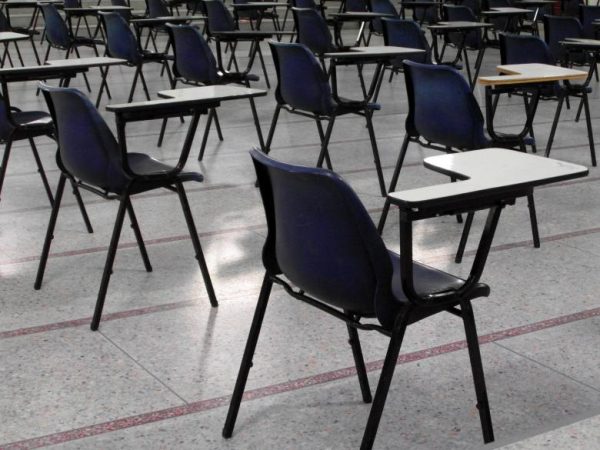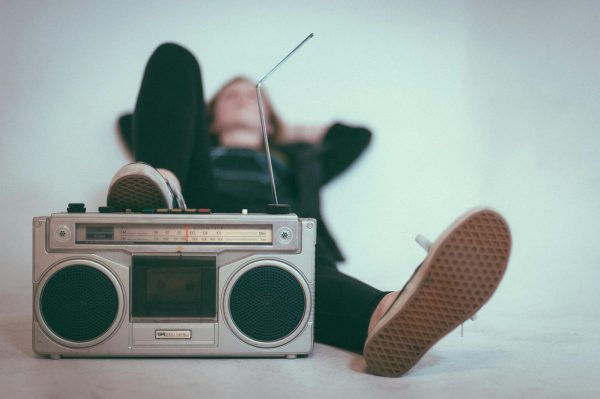ELHS Perceptions on School Dress Code
Understanding the opinions of the students and the administration
MEGHANA GOGATE
Now that conversations about dress code and making all students feel comfortable have started to spark all over the nation, it’s time to bring it down to ELHS.
The dress code seen in the student handbook today has a long history in our schools.
Back in 2014, the dress code mentioned dressing “in a manner which exhibits common courtesy to others” and “any clothing, in the opinion of the administration, that disrupts the educational process” is not allowed. This language remains the same in the 2021-22 handbook. Though in this year’s handbook, it specifies more articles of clothing such as “halter-tops, tank tops, spaghetti straps, short shorts,” among others as opposed to the only specificities made in 2014 were “shorts or miniskirts.” Clothing promoting drugs, alcohol, or inappropriate language has always been unacceptable.
“For the most part, the dress code has been this way since I have been here. From when I first started, the dress code was less specific and more general,” assistant principal Henry Kydd said. He mentioned that it becomes too challenging to enforce a dress code that is general.
However, some students have had unpleasant experiences with the specificity of the dress code.
“One time, I was dress coded for my jeans – I guess they were too ripped. I don’t understand how that would be distracting,” said sophomore Krista Zoto.
The dress code also leaves questions on what clothes are considered oversized, undersized, or revealing.
“You’re not allowed to wear clothes that are big, but you are not allowed to wear clothes that are small, so what are we supposed to wear?” said junior Allanah Pont. Pont further mentioned how once her friend was wearing a tank top underneath her sweatshirt and got dress coded.
“If a young person has a shirt promoting drugs, that’s easy. You have to change your shirt. It’s not easy for any teacher to say something about the length or size of clothing that a girl might have. The faculty don’t want to hurt kids’ feelings and back away from that conversation.”
The dress code doesn’t seem to take into account that clothing is not one-size-fits-all.
“Everyone wears things differently whether you’re bigger or smaller. I would see a girl with a bigger chest get noticed compared to a girl with a smaller chest,” said Zoto. Pont also talked about her experiences coming to school in a tank top being larger-chested. She has gotten dress-coded for this when her friends who were wearing the same shirt faced no repercussions. These unanswered questions about the school dress code lead to concerns about the inequality between girls and boys.
“I personally have never seen a boy get dress-coded…I see boys wearing shirts that can show their chests. So why are boys able to do that?” said Zoto. Instead of focusing on skin showing, Zoto believes that the messages people wear should be in the limelight. “If someone came to school wearing the swastika that would be terrible. That’s the sort of messages that should be sent out.”
“I think we should have a conversation about what students are wearing to school,” said Mr. Kydd. “The input would need to come from the faculty and students.”
Your donation will support the student journalists of East Lyme High School. Your contribution will allow us to purchase equipment and cover our annual website hosting costs.



